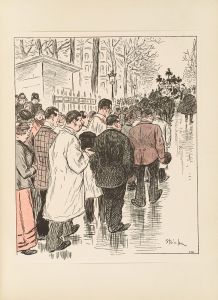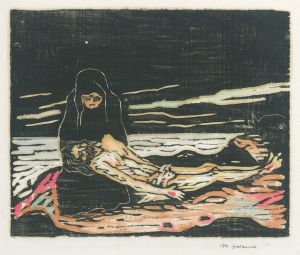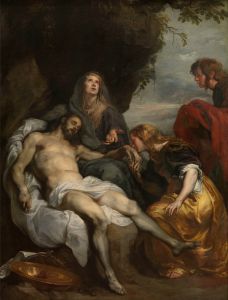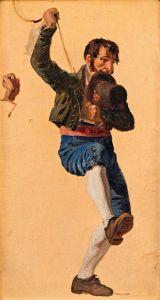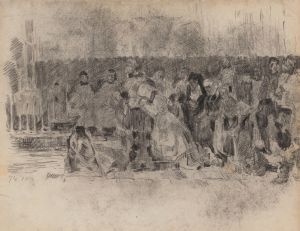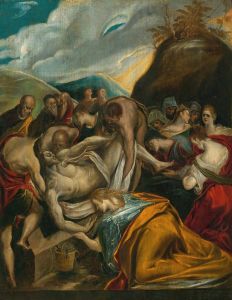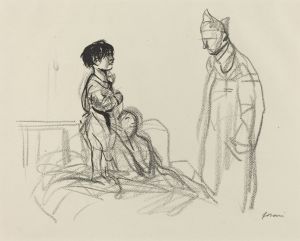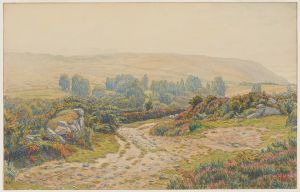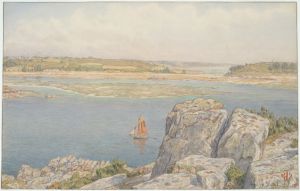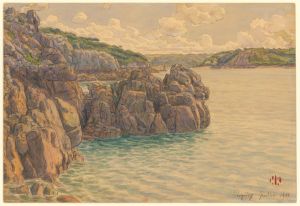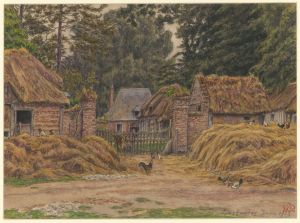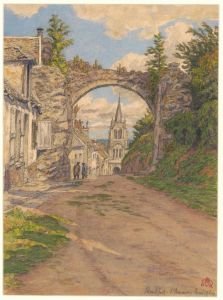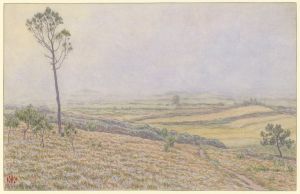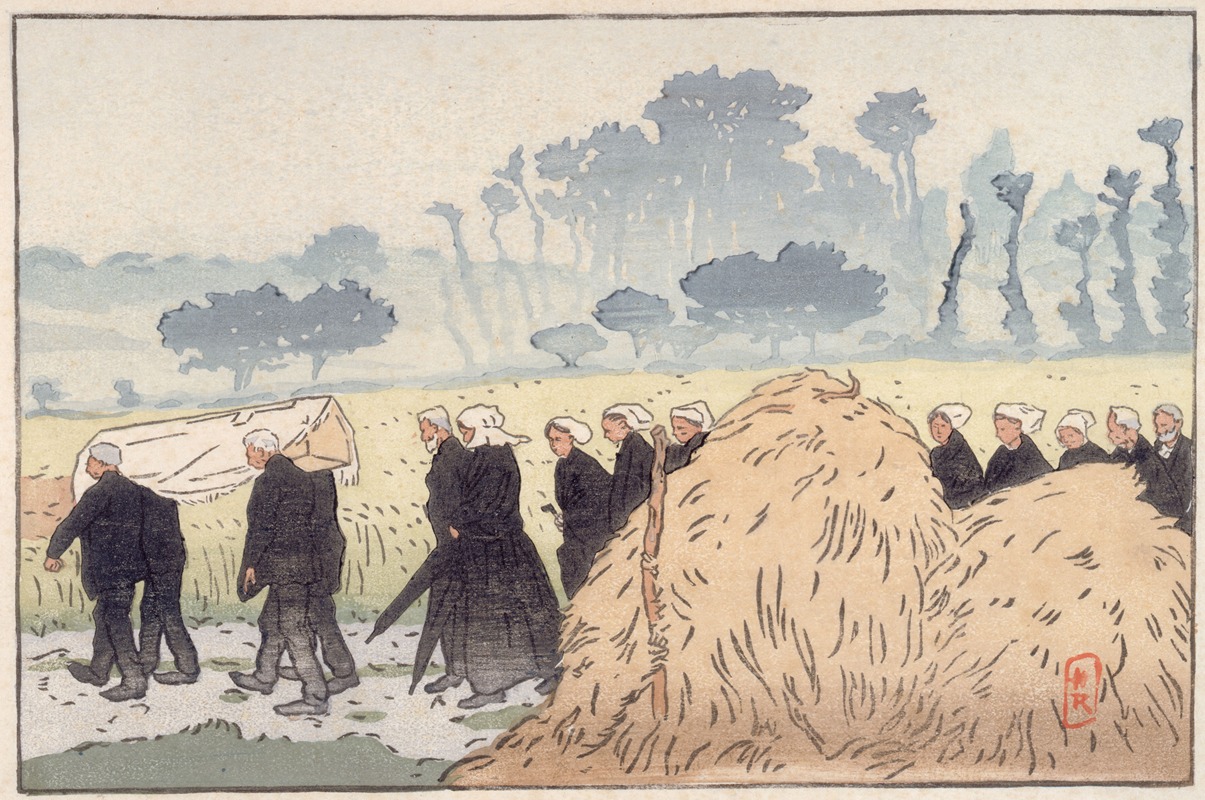
Enterrement à Trestraou
A hand-painted replica of Henri Rivière’s masterpiece Enterrement à Trestraou, meticulously crafted by professional artists to capture the true essence of the original. Each piece is created with museum-quality canvas and rare mineral pigments, carefully painted by experienced artists with delicate brushstrokes and rich, layered colors to perfectly recreate the texture of the original artwork. Unlike machine-printed reproductions, this hand-painted version brings the painting to life, infused with the artist’s emotions and skill in every stroke. Whether for personal collection or home decoration, it instantly elevates the artistic atmosphere of any space.
Henri Rivière (1864–1951) was a French artist known for his innovative contributions to printmaking and his use of Japanese-inspired techniques, particularly in the medium of color lithography and woodblock prints. While Rivière is most celebrated for his series "Les Trente-six Vues de la Tour Eiffel" (The Thirty-Six Views of the Eiffel Tower), which was directly influenced by Japanese ukiyo-e prints, his body of work also includes paintings, drawings, and other forms of visual art.
"Enterrement à Trestraou" (translated as "Burial at Trestraou") is one of Rivière's works, though specific details about this piece are limited. Trestraou is a beach located in Perros-Guirec, a coastal town in the Brittany region of France. This area was a frequent subject of Rivière's art, as he was deeply inspired by the landscapes and cultural traditions of Brittany. The region's rugged coastline, unique light, and local customs often featured prominently in his works.
The painting "Enterrement à Trestraou" likely depicts a funeral scene set against the backdrop of Trestraou Beach or its surrounding area. Rivière's works often combined a keen observation of nature with an interest in capturing the essence of local life, and this piece may reflect his sensitivity to the cultural and spiritual dimensions of Breton traditions. Funerals in Brittany during this period were often solemn, communal events, and Rivière's depiction may have sought to convey the atmosphere and emotional weight of such an occasion.
Rivière's artistic style was characterized by a synthesis of Japanese aesthetics and Western techniques. He frequently employed flat planes of color, strong lines, and a focus on composition, all hallmarks of the Japonisme movement that influenced many European artists in the late 19th and early 20th centuries. His works often evoke a sense of harmony between human activity and the natural world, which may also be present in "Enterrement à Trestraou."
Unfortunately, detailed information about "Enterrement à Trestraou," including its creation date, medium, and current location, is not readily available in existing records. As such, further research or access to specialized archives may be necessary to provide a more comprehensive understanding of this specific work.





